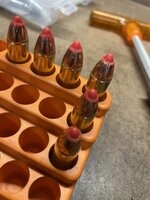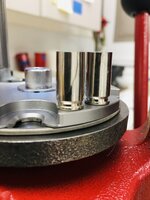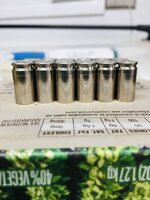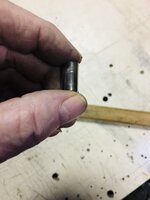Silver Supporter
- Messages
- 3,032
- Reactions
- 6,259
Can we all come over and watch?? Will there be beer?My shop vac is loaded w primers, mostly used ones but a fair number of live ones unfortunately as well as powders. I'm thinking I'm going to toss it in our outdoor fire pit once it's time to change bag
















